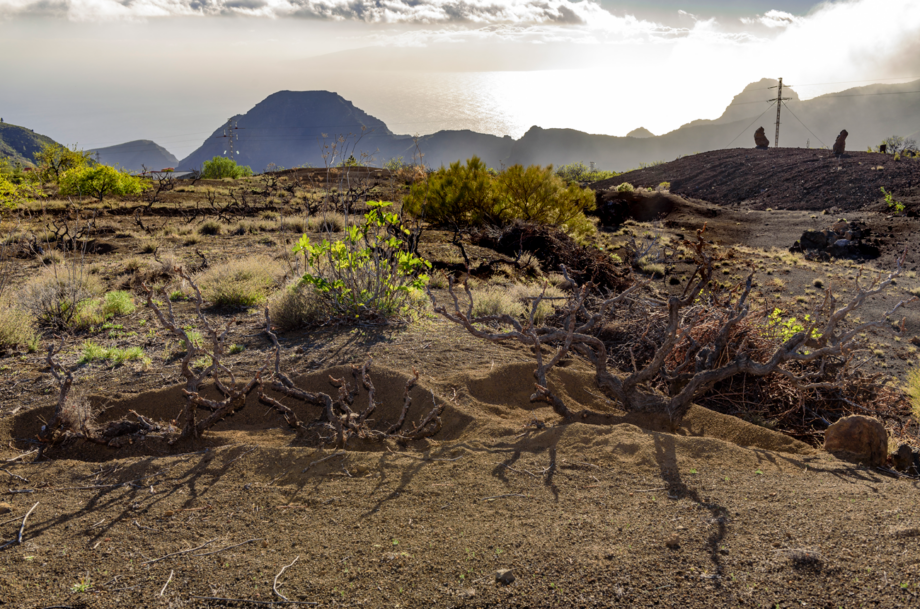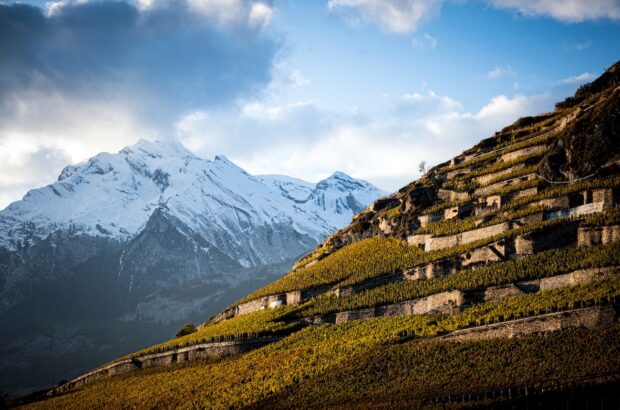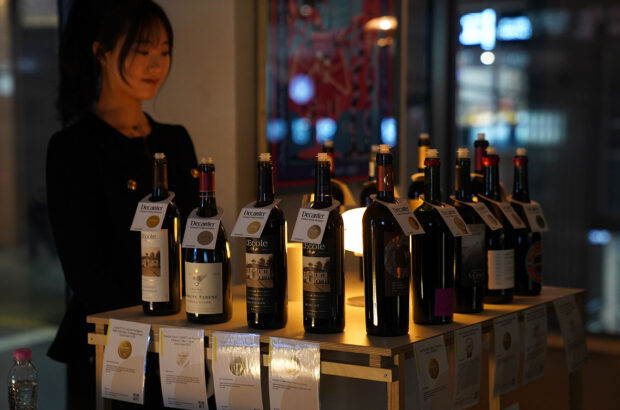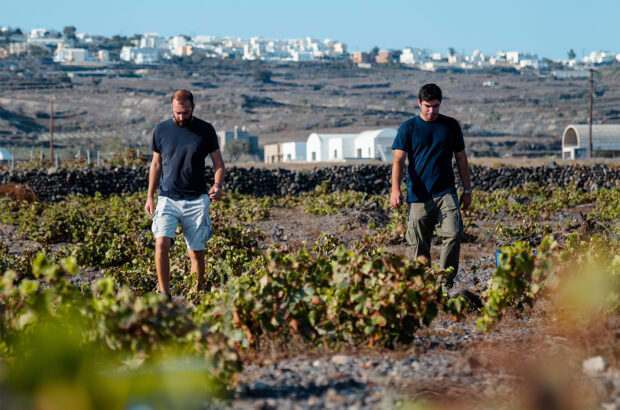Phylloxera has been detected for the first time in the Canary Islands, with confirmed cases in two locations on Tenerife. The discovery has sent shockwaves through the archipelago’s wine community, where producers fear for their unique heritage of ungrafted old vines.
Own-rooted identity at risk
An emergency meeting was held in Tenerife on 8 August to devise a plan to isolate the affected sites, prevent further spread, and urge growers to monitor their vineyards closely.
Until now, the Canaries were considered one of the few viticultural regions in the world untouched by the pest, an insect that feeds on vine roots and leaves, causing fatal wounds to vitis vinifera plants. There is currently no cure or chemical control, neither are there mitigation measures for phylloxera.
The only possible response is grafting vitis vinifera plants on American rootstocks – phylloxera is native to eastern North America and American vine species developed natural defences to the pest – a practice that is now compulsory in most wine-producing countries. The majority of vines across the Canary Islands are planted on their own roots, making them particularly susceptible.
Producers believe the outbreak began when a local resident planted infected vines in their garden. The pest is thought to have spread from there to an abandoned vineyard in Valle de Guerra, where its presence was confirmed on 1 August. A second suspected case was reported last week in La Matanza de Acentejo, also in northern Tenerife.
With many abandoned vineyards across the island, there is concern that phylloxera could spread rapidly without swift action. ‘We are all very concerned, and hoping it is only a punctual case that can be contained,’ said Agustín García Farráis of Bodegas Tajinaste. ‘Almost all of our plantings are done by massal selection, and we have this strong heritage of taking vines from our neighbours. We could lose a huge part of our own-rooted viticultural heritage if not.’
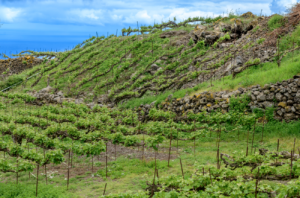
Listán Blanco vines, grown in the traditional cordon trenzado training system, in La Orotava, Tenerife | Courtesy of Envínate
The riskiest of times
Producers from all of the wine-growing islands attended last week’s meeting, and are now working together to establish protocols to contain and control the outbreak. The Association of Winegrowers and Winemakers of the Canary Islands (AVIBO) has already issued an emergency advisory to producers across the islands urging producers to immediately report any suspected cases and to avoid any potential contamination by disinfecting clothes, boots and tools, and not taking any leaves from the vineyards in the harvest bins. The harvest is already underway on the islands – marking the beginning of the most active – and risky – period of the year.
‘It is going to be a big challenge – perhaps the biggest of our careers – but we also have to take it as an opportunity,’ said Juan Jesús Méndez, the current president of DO Islas Canarias and the well-regarded winemaker and owner of Bodegas Viñátigo. ‘We need to have a clear mind, a defined focus and motivation to move together. I am motivated to face this challenge and protect these centenarian, pre-phylloxera vineyards that are such an essential part of our heritage.’
The next generation is equally determined to safeguard the islands’ viticultural legacy. ‘In the past 30 years we have had more than 60 invasive species arrive to the islands, we need to use this as a wake-up call to control everything entering from now,’ says Méndez’s son Jorge, winemaker at the family winery. ‘I am young and I want to continue working on this island for the rest of my life, so we can’t be negative about this and we have to look at it as an opportunity to professionalise the sector and work together.’
Important for tourism, the Canary Islands see a large volume of international traffic with between 16 and 18 million visitors each year. Producers plan to press the regional government for stricter regulations and controls to protect the archipelago’s 500-year-old wine heritage – before it is too late.


